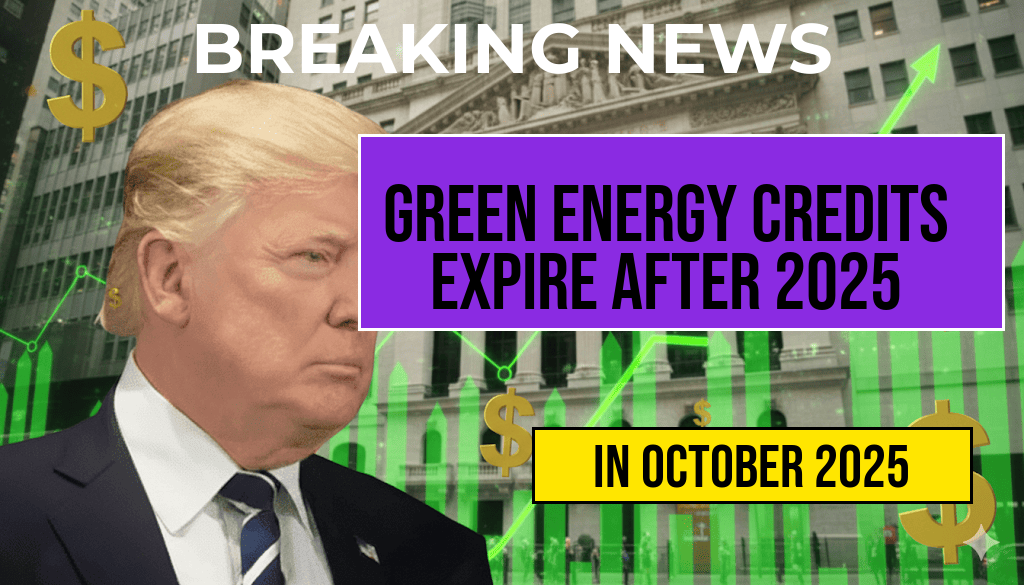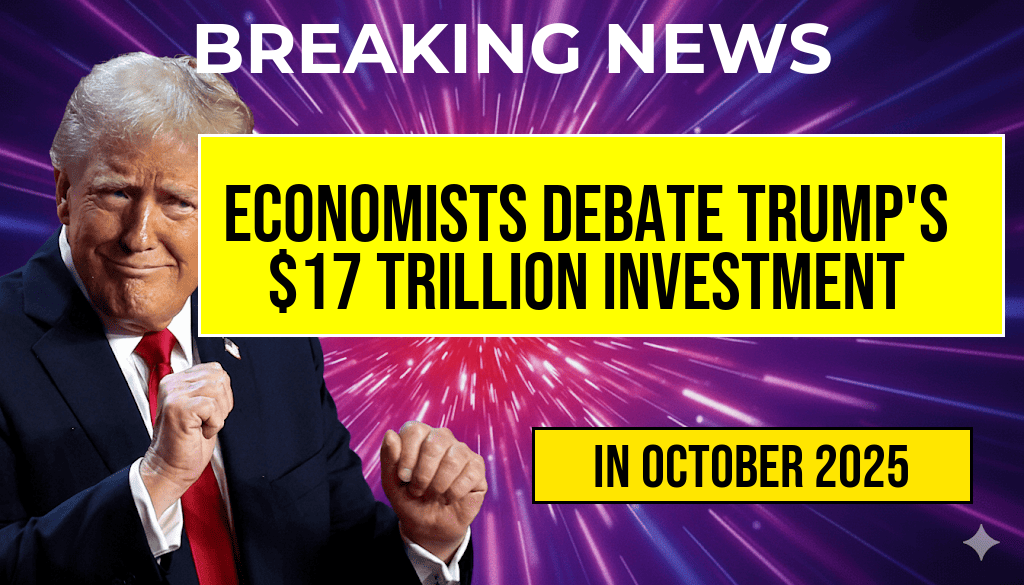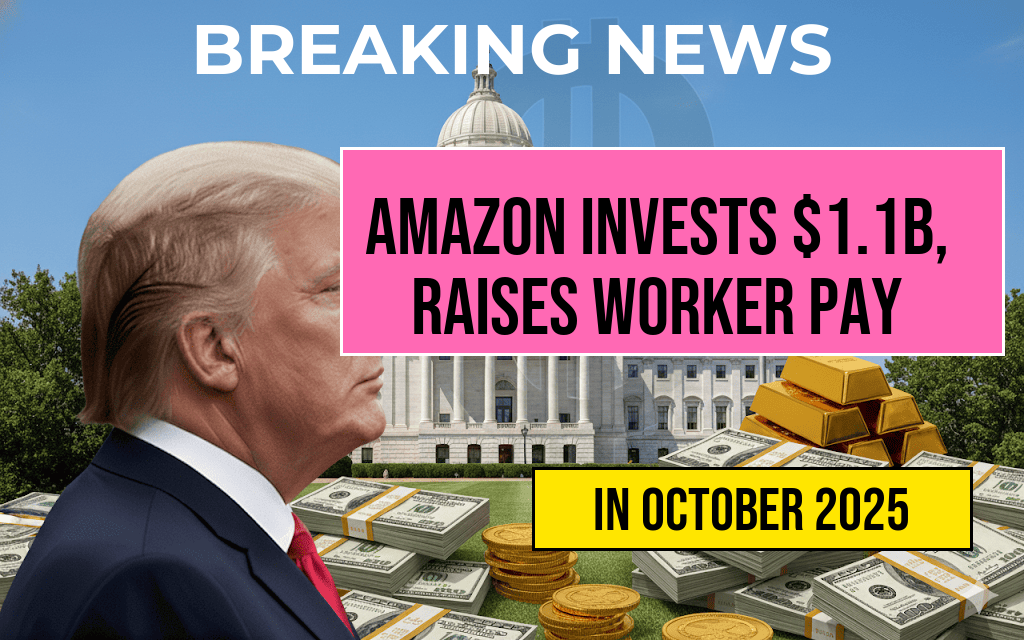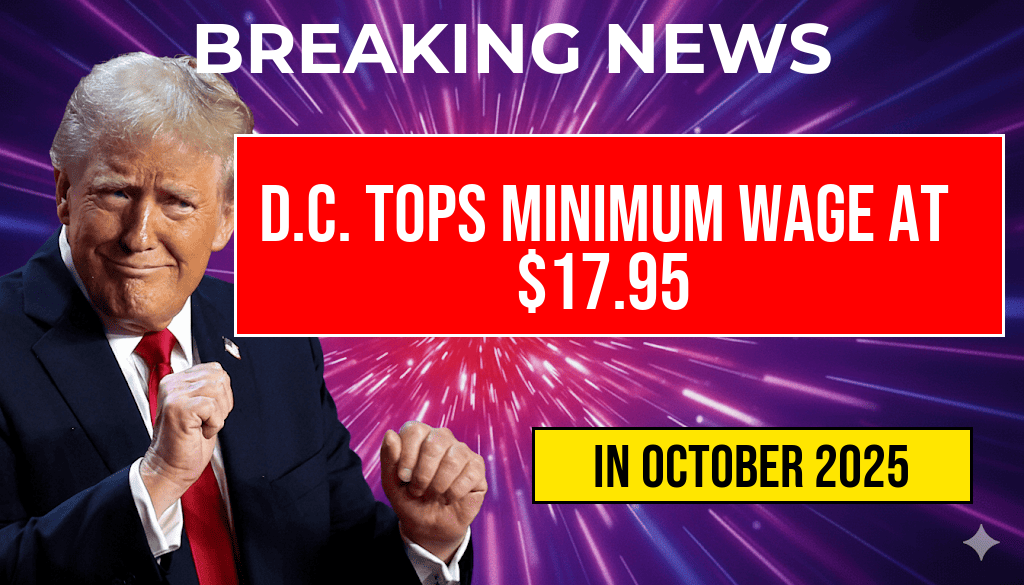Homeowners and environmentally conscious consumers are facing a pivotal change in the landscape of renewable energy incentives. The federal government has announced that green energy credits—which have historically provided significant tax benefits for installing solar panels, wind turbines, and other renewable systems—will expire for projects initiated after 2025. This shift threatens to reduce or eliminate tax credits for many residential renewable energy upgrades, potentially impacting millions of Americans who have relied on these incentives to offset installation costs. As policymakers consider future energy strategies, understanding the scope of these changes and their implications is crucial for homeowners planning upgrades in the coming years.
Background on Energy Tax Credits
The federal government has long supported renewable energy adoption through various tax incentives. The most prominent of these, the Investment Tax Credit (ITC), has played a central role in making solar and other renewable installations more affordable. Originally enacted in 2006, the ITC has undergone multiple extensions and modifications, encouraging widespread adoption of clean energy solutions across the country.
Under current law, homeowners installing solar panels or wind systems before the expiration date are eligible for a substantial percentage of their project costs to be returned via tax credits. For example, the ITC provided a 26% credit for systems installed in 2022, with gradual reductions slated for future years. However, legislation set to take effect after 2025 will phase out or significantly reduce these benefits, raising questions about the future cost-effectiveness of residential renewable projects.
Details of the Upcoming Changes
The key legislative update involves the expiration of federal green energy credits for residential projects initiated after December 31, 2025. While some states offer their own incentives, the federal credits have historically been a major driver of adoption. The main points include:
- Expiration of the Investment Tax Credit (ITC) for new residential solar and wind projects after 2025.
- Reduction in tax credit percentages before the expiration, with some programs scheduled to phase out gradually.
- Potential for legislative extensions or new incentives being debated in Congress, though no definitive legislation has been passed as of now.
This transition may lead to increased costs for consumers, potentially slowing the momentum of residential renewable energy adoption. Industry analysts warn that the loss of federal incentives could shift project economics unfavorably, especially for homeowners on tight budgets.
Impacts on Homeowners and Market Dynamics
Financial Implications
For many homeowners, the tax credits have been a primary motivation to pursue renewable energy upgrades. The removal or reduction of these benefits could lead to:
- Higher upfront costs for solar panel systems, batteries, and wind turbines.
- Longer payback periods for energy investments, affecting overall affordability.
- Decreased demand for residential renewable projects, potentially slowing market growth.
Regional Variations
States with aggressive clean energy policies or substantial local incentives may soften the blow, but in regions heavily reliant on federal support, the impact could be more pronounced. For example, California and New York have extensive state-level programs that could help mitigate the loss, whereas states with limited local incentives may see a decline in renewable installations.
Homeowners planning future upgrades should consider the timing of their projects carefully. Installing systems before the 2026 deadline might maximize financial benefits, but ongoing supply chain and labor market uncertainties could complicate planning.
Policy and Industry Perspectives
| Scenario | Impact on Adoption Rates | Potential Policy Responses |
|---|---|---|
| Pre-2026 Installations | High adoption due to available credits | Encouragement for early project planning |
| Post-2025 Installations | Potential decline in new projects | Possible introduction of new incentives or extensions |
| Long-term outlook | Market stabilization with alternative policies | Focus on state-level programs and private investments |
Industry leaders emphasize that while the end of federal credits poses challenges, it also underscores the importance of evolving policy frameworks. Some experts advocate for targeted incentives or subsidies aimed at low-income households to ensure equitable access to renewable energy benefits. According to the Wikipedia page on the Investment Tax Credit, these incentives have historically been instrumental in driving down costs and expanding market reach.
Guidance for Consumers and Stakeholders
Homeowners considering renewable energy upgrades should evaluate their timelines and financial options carefully. Consulting with licensed installers and financial advisors can help determine the optimal window for project completion. Additionally, staying informed about potential legislative developments is crucial, as future policies might introduce new forms of support or extend existing credits.
Energy advocacy groups recommend exploring all available state and local incentives, which can often provide significant support even as federal programs phase out. The U.S. Department of Energy provides resources that can assist consumers in navigating these complex decisions.
As the renewable energy landscape evolves, consumers should also consider the broader benefits of sustainability, including reduced utility bills, increased property value, and environmental impact. While policy shifts create uncertainty, the transition toward cleaner energy sources continues to be a key component of national climate strategies.
Frequently Asked Questions
What are Green Energy Credits and how do they benefit homeowners?
Green Energy Credits are incentives provided by the government to encourage the adoption of renewable energy sources. They help reduce the overall cost of installing solar panels, wind turbines, and other green energy systems, offering significant tax benefits to homeowners.
When will Green Energy Credits expire?
The current Green Energy Credits are set to expire after 2025. Homeowners planning to install renewable energy systems should be aware of this deadline to maximize their tax benefits.
How will the expiration of Green Energy Credits affect residential energy tax benefits?
After 2025, many residential energy tax benefits associated with green energy credits will be reduced or no longer available. This could increase the effective cost of installing renewable energy systems for homeowners.
What steps should homeowners take to prepare for the expiration of these credits?
Homeowners should consider scheduling green energy system installations before the credits expire in 2025 to take full advantage of the current tax benefits. Consulting with energy professionals and tax advisors can help plan the most beneficial timeline.
Are there any alternative incentives available after 2025?
While Green Energy Credits may expire, other incentives or programs might be introduced to promote renewable energy adoption. It’s important to stay informed about new policies and explore local or state-level renewable energy incentives.






